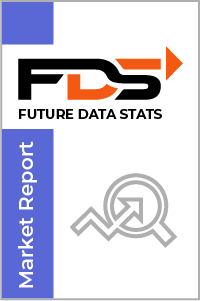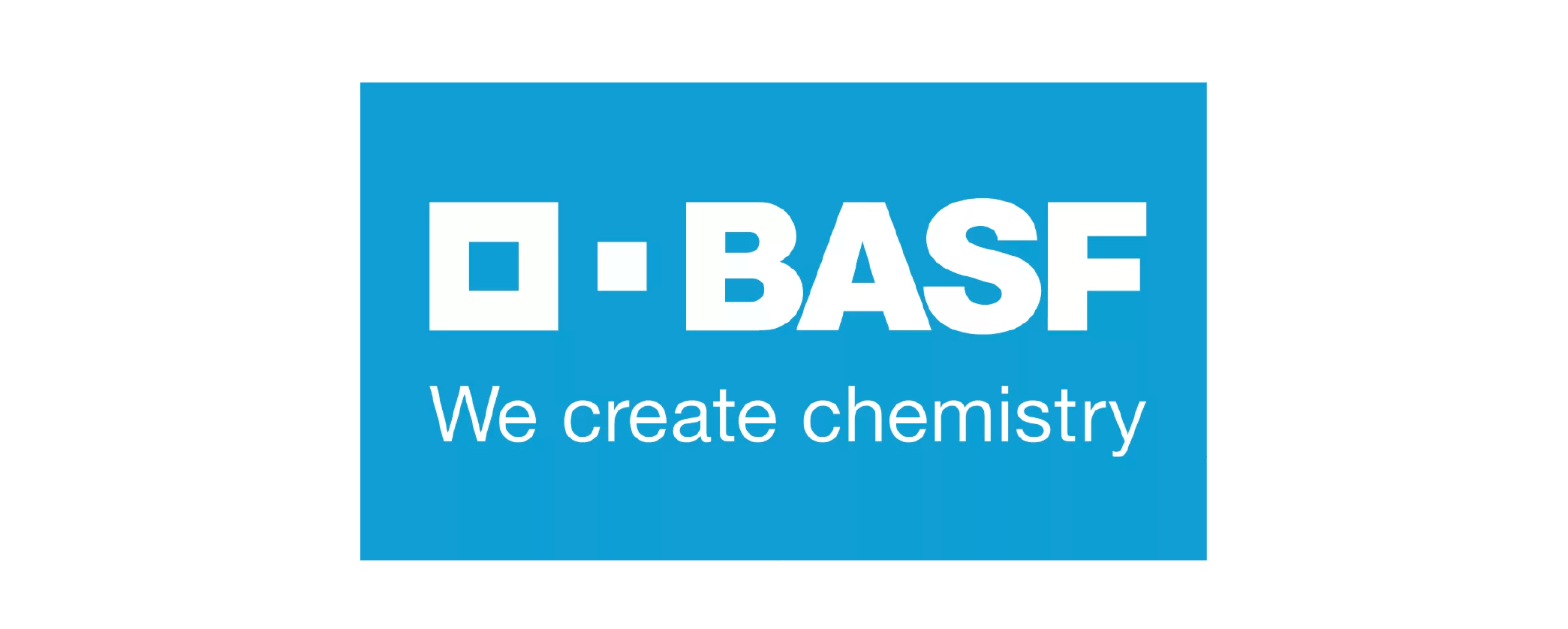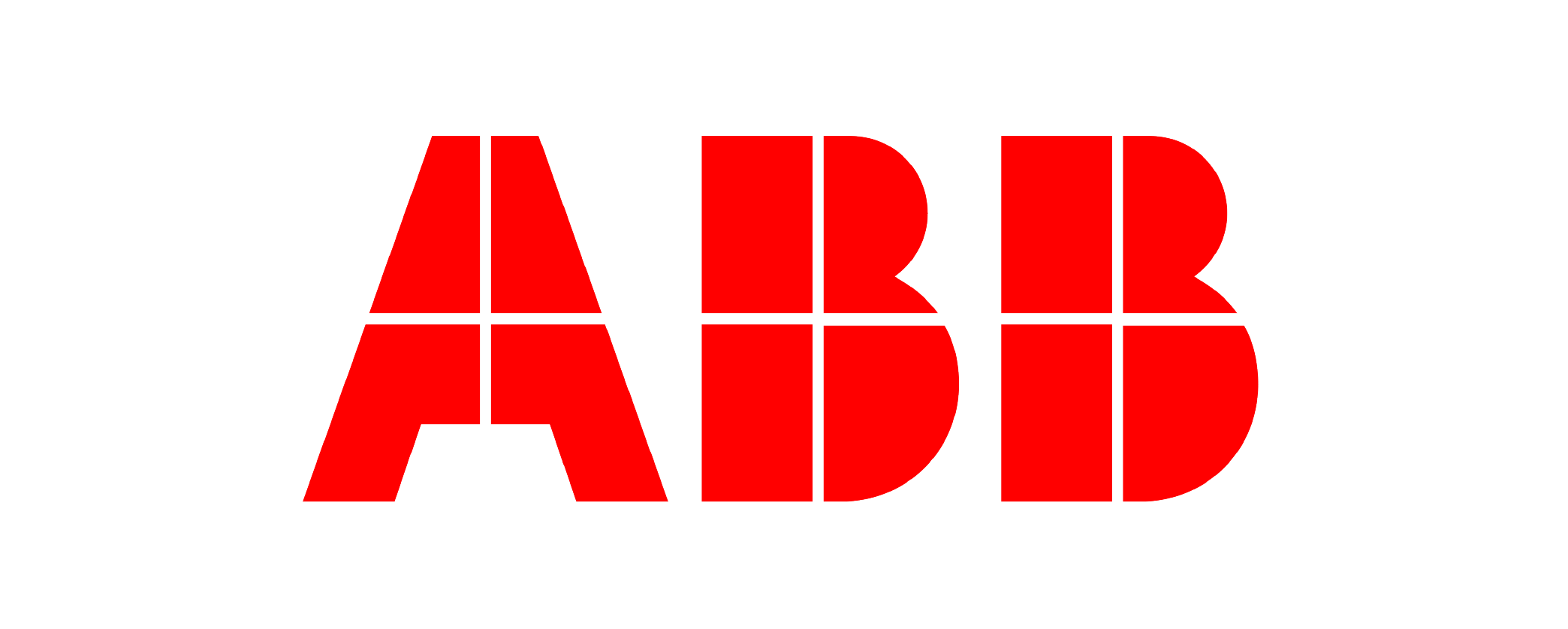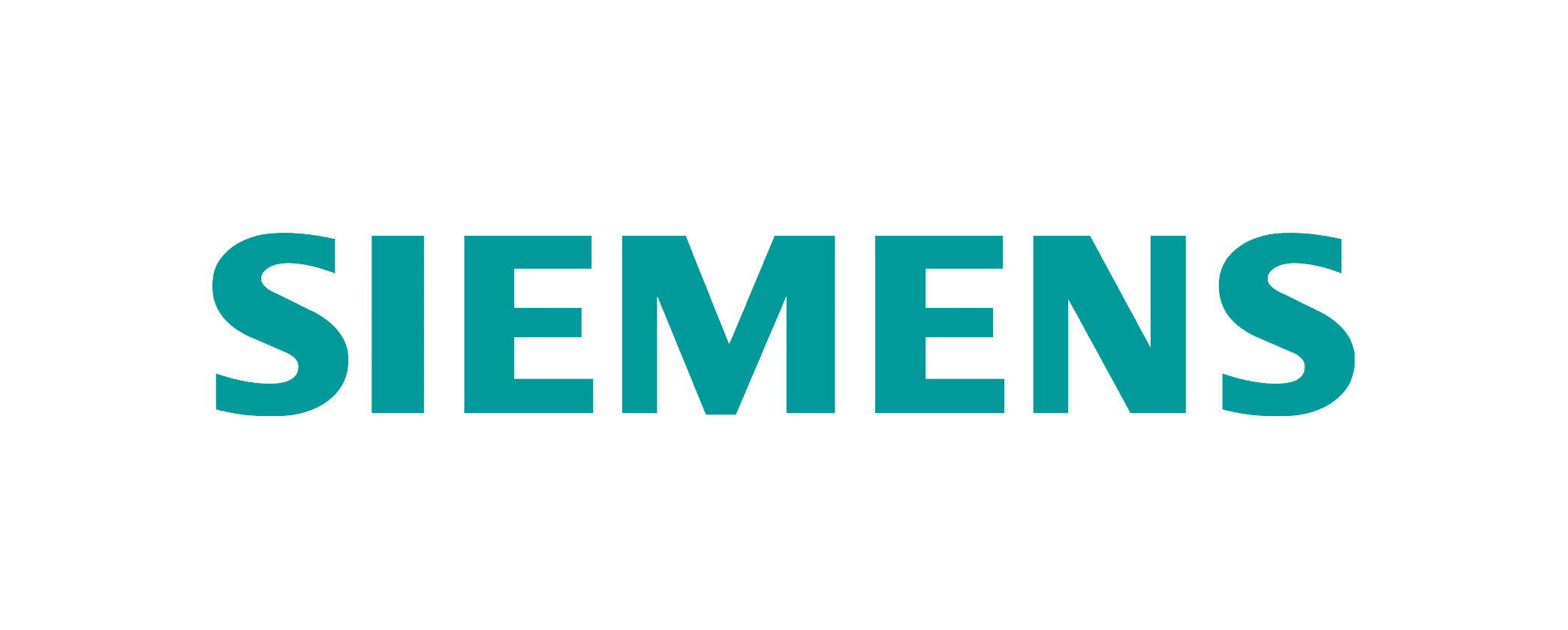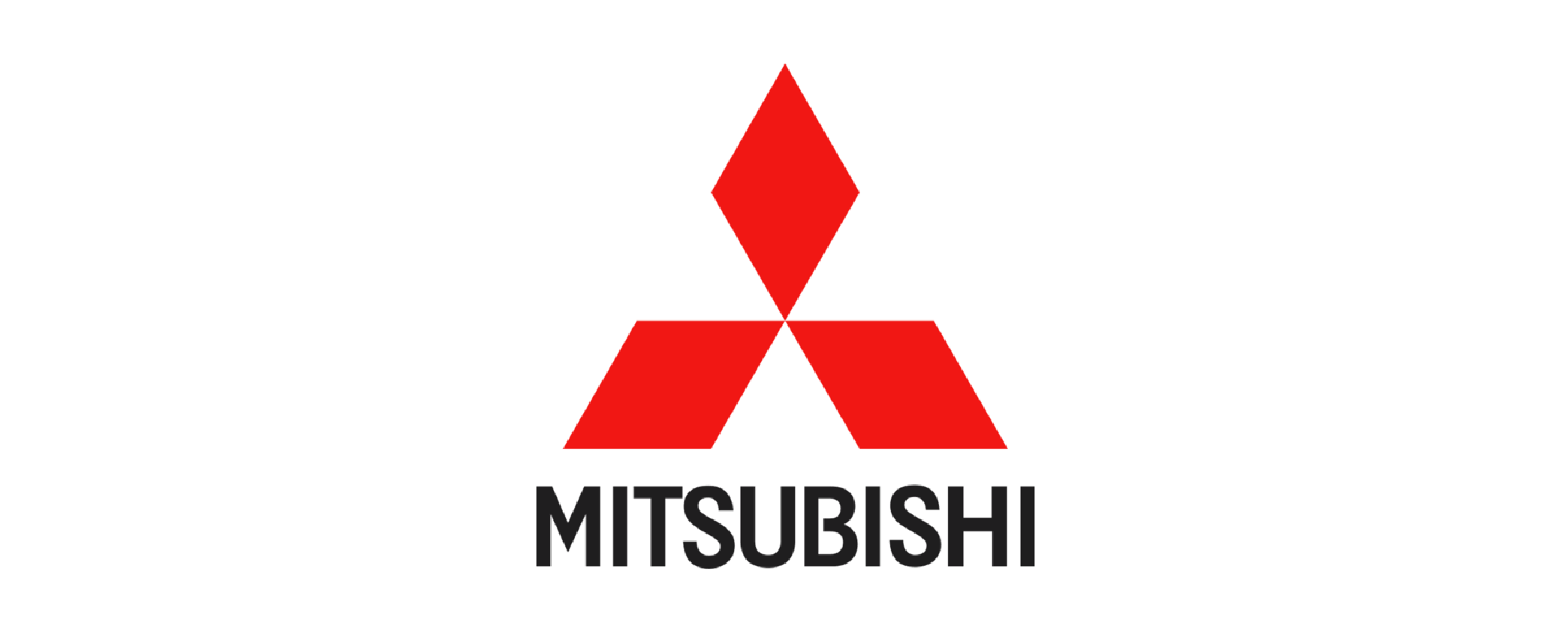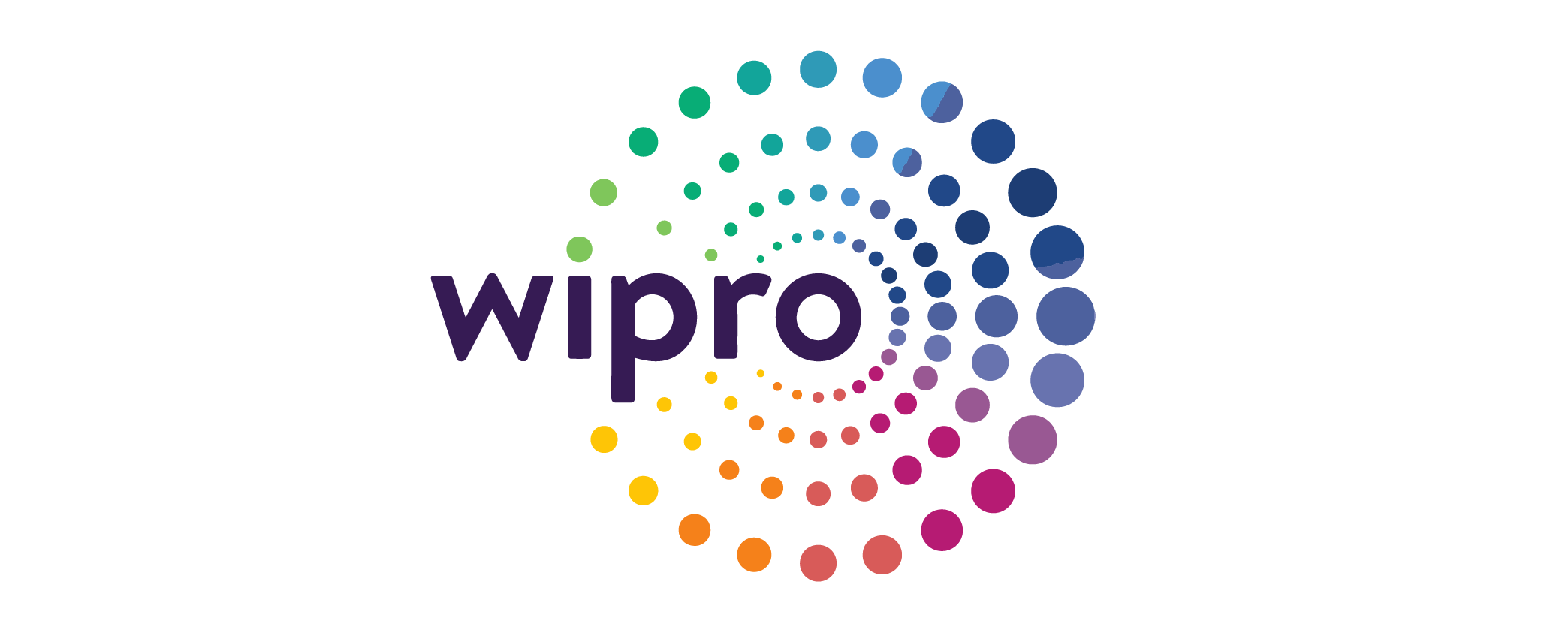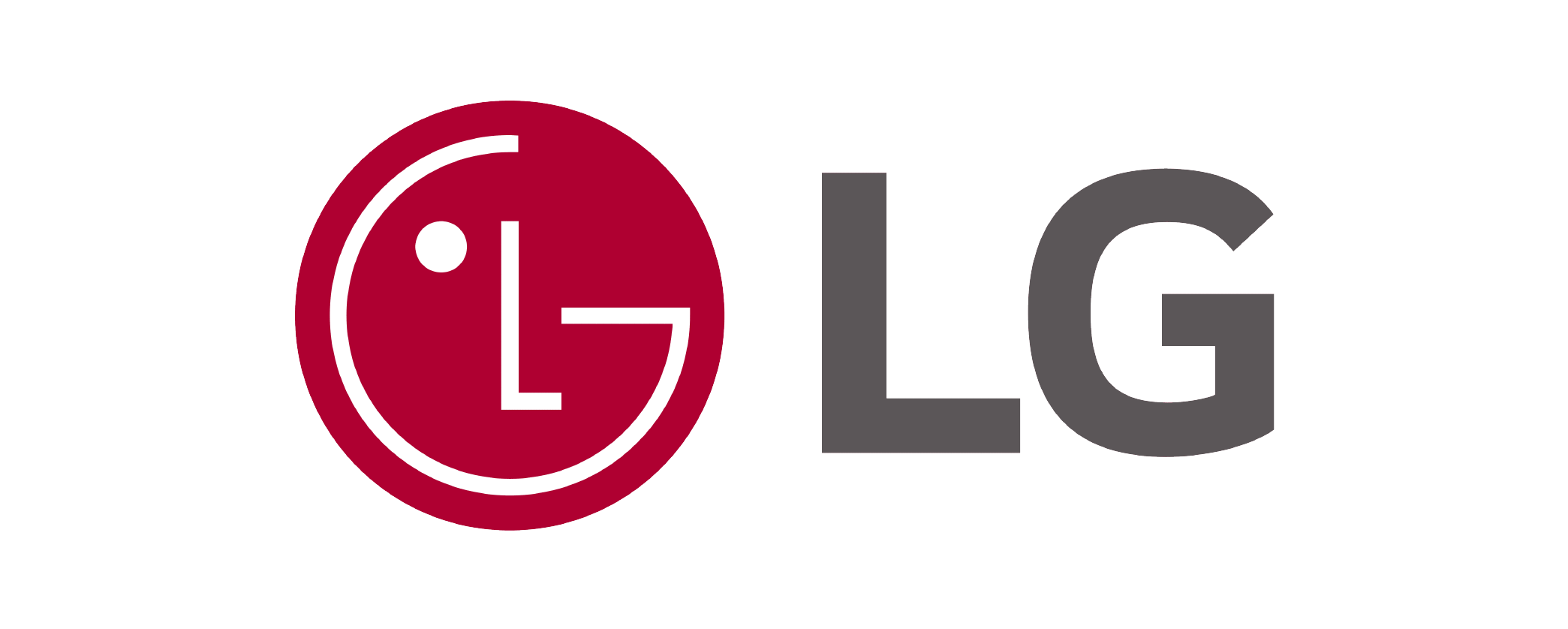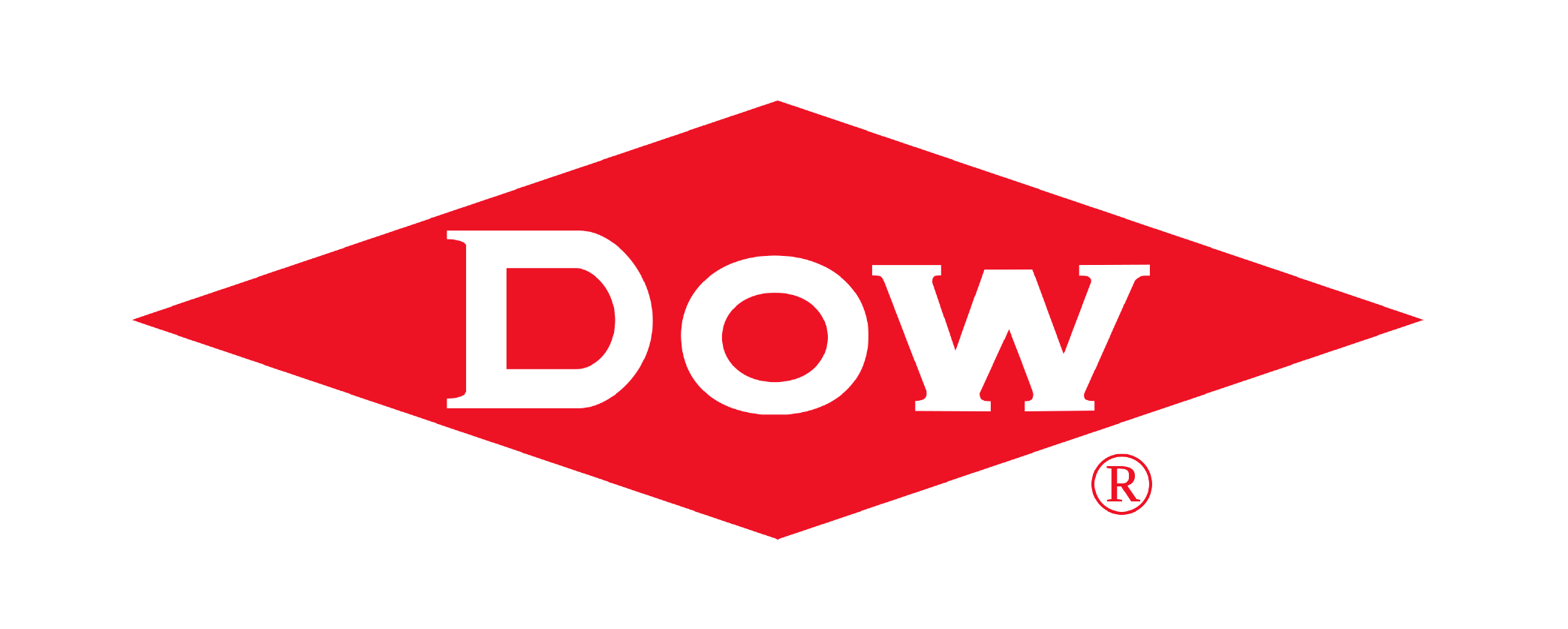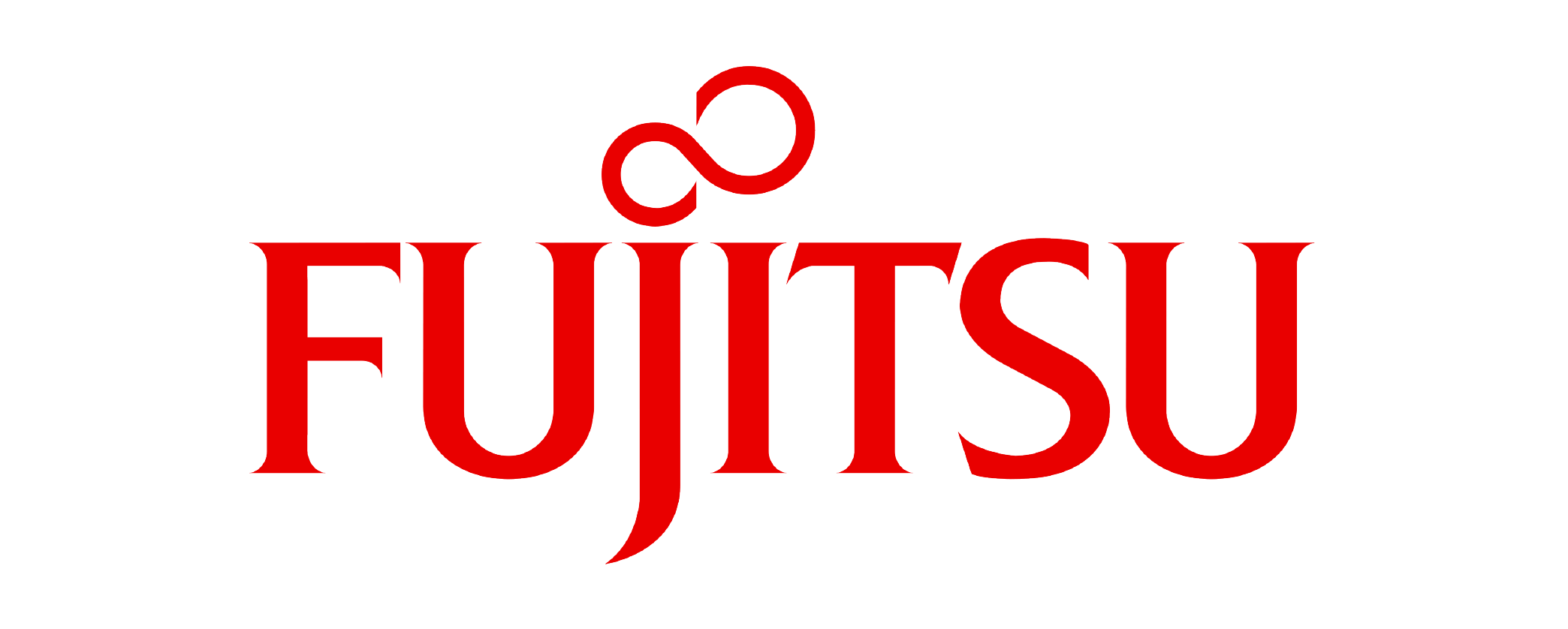The global Artificial Intelligence in Art and Creativity Market size was valued at USD 2.45 billion in 2022 and is projected to expand at a compound annual growth rate (CAGR) of 30.4% during the forecast period, reaching a value of USD 20.55 billion by 2030.
Artificial Intelligence in Art and Creativity Market research report by Future Data Stats, offers a comprehensive view of the market's historical data from 2017 to 2021, capturing trends, growth patterns, and key drivers. It establishes 2021 as the base year, analyzing the market landscape, consumer behavior, competition, and regulations. Additionally, the report presents a well-researched forecast period from 2022 to 2030, leveraging data analysis techniques to project the market's growth trajectory, emerging opportunities, and anticipated challenges.
MARKET OVERVIEW:
Artificial Intelligence in Art and Creativity refers to the application of AI technologies in the creative industries to enhance and automate various artistic processes. It involves the use of computer systems to mimic human-like intelligence in generating, analyzing, and interpreting art forms. AI in this context encompasses diverse technologies, such as Natural Language Processing (NLP), Computer Vision, and Music Composition algorithms, among others. By harnessing AI's capabilities, artists and creative professionals can explore new possibilities, generate unique content, and streamline repetitive tasks, leading to innovative and novel artistic expressions across various mediums.
In the realm of Art and Creativity, Artificial Intelligence is a transformative force that revolutionizes traditional artistic approaches. Through the integration of AI technologies like NLP, Computer Vision, and more, AI empowers artists to create, analyze, and produce artwork in novel ways. By providing tools for automated image recognition, content generation, and even assisting with music composition, AI opens up new horizons for artistic expression. As AI continues to evolve and be embraced by the creative community, it is reshaping the creative process, inspiring collaborations between humans and machines, and pushing the boundaries of what art can achieve in the digital age.
MARKET DYNAMICS:
The Artificial Intelligence in Art and Creativity market is driven by several key factors that are shaping its growth and adoption. One of the primary drivers is the increasing demand for innovative and unique art forms, pushing artists and creative professionals to explore AI-powered tools to expand their creative horizons. AI's ability to generate art, assist in content creation, and automate repetitive tasks is seen as an opportunity to streamline workflows, save time, and boost overall productivity. Additionally, the rising interest in immersive experiences like virtual reality and augmented reality has further fueled the demand for AI applications in creating interactive and engaging art installations and exhibitions.
However, the market also faces certain restraints that must be addressed. One significant challenge is the ethical implications of AI-generated art and content, particularly concerning copyright and intellectual property rights. As AI becomes more proficient in creating art that resembles human-made works, questions arise about the ownership and originality of AI-generated pieces. Moreover, the complexity and cost associated with implementing AI technology in the creative process might hinder smaller artists or organizations from fully embracing these solutions.
Despite these challenges, there are ample opportunities for growth and innovation in the AI in Art and Creativity market. Advancements in AI technology, coupled with ongoing research and development, hold the potential to refine existing tools and create entirely new applications for artists and the creative industries. Furthermore, collaborations between AI developers and artists are paving the way for groundbreaking projects that merge human creativity with AI capabilities, opening doors to entirely new forms of artistic expression and experiences for audiences worldwide.
ARTIFICIAL INTELLIGENCE IN ART AND CREATIVITY MARKET SEGMENTAL ANALYSIS
BY TYPE:
These types include Natural Language Processing (NLP) and Generation, which enable AI to understand and generate human-like language, enhancing storytelling and content creation. Computer Vision and Image Recognition play a crucial role in analyzing and interpreting visual data, revolutionizing areas like digital art and photography. Moreover, AI's impact is felt in Music and Audio Composition, where it assists in generating musical pieces and soundscapes, and in Creative Writing and Story Generation, automating narrative creation.
Additionally, AI technologies empower artists in Visual Arts and Painting, offering tools for digital art creation and enhancing artistic expressions. Video and Animation Generation utilize AI algorithms to automate video production and animation, streamlining the creative process for filmmakers and animators. Moreover, Virtual Reality (VR) and Augmented Reality (AR) Applications leverage AI to create immersive experiences, enabling artists to craft interactive and captivating installations. Lastly, the market also includes a wide array of Other AI-Driven Creative Tools and Software that cater to various artistic needs, contributing to the overall growth and expansion of the AI in Art and Creativity market.
BY APPLICATION:
One dominant factor is its widespread adoption in the Gaming and Entertainment Industry, where AI is employed to create intelligent characters, procedural content, and immersive virtual worlds, enhancing user experiences. In the realm of Advertising and Marketing, AI-driven personalized content creation and targeted advertising algorithms are transforming the way brands engage with their audiences. Furthermore, AI's impact in Film and Animation Production is evident through automated visual effects, animation assistance, and post-production optimization, optimizing the filmmaking process.
AI's presence extends into the realm of Music Composition and Production, where it enables composers and musicians to explore novel sounds and compositions, pushing the boundaries of musical creativity. In Virtual Art Exhibitions and Installations, AI-driven interactive installations offer audiences unique and engaging art experiences. Content Creation for Social Media and Web Platforms is also enhanced by AI-generated content, facilitating content creators in producing diverse and engaging materials. Additionally, E-Learning and Educational Tools benefit from AI's ability to personalize learning experiences and provide adaptive feedback to students. Lastly, AI-Based Creative Assistance for Artists and Designers aids creative professionals by providing innovative tools for idea generation, design optimization, and workflow streamlining, thereby fostering a dynamic and evolving AI in Art and Creativity market.
BY END-USER:
Creative Professionals, including artists, writers, musicians, and other creative individuals, form a key segment benefiting from AI-powered tools that augment their creative process and expand artistic possibilities. Entertainment Companies and Studios leverage AI to streamline production, enhance visual effects, and create interactive experiences, driving innovation in the entertainment industry. Similarly, Advertising Agencies and Marketers employ AI for personalized content creation, targeted advertising, and data-driven marketing campaigns, revolutionizing how brands connect with their audiences.
In the realm of education, AI is transforming the landscape for Education Institutions and Teachers, providing personalized learning experiences, automated assessments, and advanced analytics to optimize learning outcomes. Online Content Creators and Influencers rely on AI-generated content and data-driven insights to engage their followers and produce compelling digital media. Virtual Art Galleries and Exhibitions utilize AI technology to curate digital art experiences and showcase immersive virtual installations. Additionally, the Gaming Industry and Game Developers harness AI algorithms for character behaviors, procedural content generation, and real-time rendering, enhancing gameplay and user experiences.
REGIONAL ANALYSIS:
In North America, a leading hub for technological advancements and creative innovation, AI in Art and Creativity is thriving with the adoption of cutting-edge AI technologies in various artistic domains. Europe, known for its rich artistic heritage, embraces AI to push the boundaries of traditional art forms and create immersive experiences. In the Asia Pacific region, a growing interest in AI-driven art and creative applications is evident, driven by a booming tech industry and a flourishing art scene. Latin America is also witnessing increased AI adoption in the creative sector, fostering collaborations between artists and technology experts. Meanwhile, in the Middle East and Africa, AI's influence in art and creativity is steadily growing, presenting emerging opportunities for artists and creative professionals to explore new artistic expressions and interactive installations.
COVID-19 IMPACT:
The COVID-19 pandemic has had a significant impact on the Artificial Intelligence in Art and Creativity market. As lockdowns and restrictions forced people to stay at home, there was an increased demand for digital content and entertainment, driving the adoption of AI-powered creative tools and virtual experiences. Artists and creative professionals turned to AI technologies to continue their work remotely, leading to a surge in AI-generated art and content across various platforms. Moreover, the pandemic accelerated the integration of AI in virtual art exhibitions and online galleries, allowing audiences to experience art from the safety of their homes. However, the crisis also posed challenges, with disruptions in production and funding affecting some projects in the creative industries. Despite the hurdles, the pandemic highlighted the resilience and adaptability of AI in the art and creativity sector, paving the way for a digital-first approach and fostering new opportunities for AI-driven artistic innovations.
INDUSTRY ANALYSIS:
Mergers & Acquisitions:
- In January 2023, Adobe acquired Artificial Intelligence Inc., a company that develops AI-powered tools for artists.
- In February 2023, Google acquired DeepDream, a company that develops AI-powered tools for generating creative images.
- In March 2023, Samsung acquired Brushstroke, a company that develops AI-powered tools for painting.
Product Launches:
- In January 2023, DALL-E 2 was launched by OpenAI, an AI research company. DALL-E 2 is an AI-powered tool that can generate realistic images from text descriptions.
- In February 2023, Google Imagen was launched by Google AI. Imagen is an AI-powered tool that can generate realistic images from text descriptions.
- In March 2023, Adobe Sensei was launched by Adobe. Sensei is a suite of AI-powered tools that can be used to create and edit images, videos, and other creative content.
KEY MARKET PLAYERS:
- OpenAI
- Adobe
- IBM
- Microsoft
- NVIDIA
- Amazon Web Services (AWS)
- Salesforce
- Autodesk
- Unity Technologies
- Sony
- Tencent
- Baidu
- Dessa (formerly known as Maluuba)
- Artomatix
- Obsess
- DeepArt.io
- Jukin Media
- The Grid
- RunwayML
- Artrendex
- Prisma
- Algorithmia
- Skylum
- Lumen5
- others
Table of Contents
Executive Summary
1.1 Overview of the Market
1.2 Key Findings
1.3 Market Highlights
Introduction
2.1 Definition of AI in Art and Creativity
2.2 Evolution of AI in the Creative Industries
2.3 Importance and Benefits of AI in Art and Creativity
Market Overview
3.1 Market Size and Forecast
3.2 Market Trends and Insights
3.3 Market Drivers
3.4 Market Challenges
3.5 Opportunities in the AI Art and Creativity Market
AI Technologies in Art and Creativity
4.1 Natural Language Processing (NLP) and Generation
4.2 Computer Vision and Image Recognition
4.3 Music and Audio Composition
4.4 Creative Writing and Story Generation
4.5 Visual Arts and Painting
4.6 Video and Animation Generation
4.7 Virtual Reality (VR) and Augmented Reality (AR) Applications
4.8 Other AI-Driven Creative Tools and Software
Market Segmentation by Application
5.1 Gaming and Entertainment Industry
5.2 Advertising and Marketing
5.3 Film and Animation Production
5.4 Music Composition and Production
5.5 Virtual Art Exhibitions and Installations
5.6 Content Creation for Social Media and Web Platforms
5.7 E-Learning and Educational Tools
5.8 AI-Based Creative Assistance for Artists and Designers
Market Segmentation by End-User
6.1 Creative Professionals (Artists, Writers, Musicians, etc.)
6.2 Entertainment Companies and Studios
6.3 Advertising Agencies and Marketers
6.4 Education Institutions and Teachers
6.5 Online Content Creators and Influencers
6.6 Virtual Art Galleries and Exhibitions
6.7 Gaming Industry and Game Developers
6.8 Other Creative Industries and Individuals
Market Analysis by Region
7.1 North America
7.2 Europe
7.3 Asia-Pacific
7.4 Latin America
7.5 Middle East and Africa
Adoption Levels of AI in Art and Creativity
8.1 Early Adopters and Innovators
8.2 Early Majority
8.3 Late Majority
8.4 Laggards
Business Models in the AI Art and Creativity Market
9.1 AI Software and Tools Licensing
9.2 Subscription-based AI Services
9.3 AI-as-a-Service (AIaaS) Platforms
9.4 Custom AI Solutions and Consulting Services
9.5 Hybrid Business Models
AI Technology Providers
10.1 Startups and Emerging AI Companies
10.2 Established Tech Giants and IT Companies
10.3 Creative Software Developers and Vendors
10.4 AI Research Institutions and Labs
AI Ethics and Regulation in Art and Creativity
11.1 Ethical AI Adoption in Creative Industries
11.2 AI Regulation and Governance
11.3 Privacy and Intellectual Property Concerns
11.4 Bias and Fairness in AI-Generated Art and Content
Case Studies and Use Cases
12.1 AI Applications in the Art and Creativity Sphere
12.2 Successful Implementations and Projects
12.3 Impact on the Creative Process and Outcomes
Future Outlook and Growth Opportunities
13.1 Emerging Trends and Technologies
13.2 Forecasted Market Growth
13.3 Investment and Collaboration Opportunities
Conclusion
References
Artificial Intelligence in Art and Creativity Market Segmentation
By Type:
- Natural Language Processing (NLP) and Generation
- Computer Vision and Image Recognition
- Music and Audio Composition
- Creative Writing and Story Generation
- Visual Arts and Painting
- Video and Animation Generation
- Virtual Reality (VR) and Augmented Reality (AR) Applications
- Other AI-Driven Creative Tools and Software
By Application:
- Gaming and Entertainment Industry
- Advertising and Marketing
- Film and Animation Production
- Music Composition and Production
- Virtual Art Exhibitions and Installations
- Content Creation for Social Media and Web Platforms
- E-Learning and Educational Tools
- AI-Based Creative Assistance for Artists and Designers
By End-User:
- Creative Professionals (Artists, Writers, Musicians, etc.)
- Entertainment Companies and Studios
- Advertising Agencies and Marketers
- Education Institutions and Teachers
- Online Content Creators and Influencers
- Virtual Art Galleries and Exhibitions
- Gaming Industry and Game Developers
- Other Creative Industries and Individuals
By Geography:
- North America (USA, Canada, Mexico)
- Europe (Germany, UK, France, Russia, Italy, Rest of Europe)
- Asia-Pacific (China, Japan, South Korea, India, Southeast Asia, Rest of Asia-Pacific)
- South America (Brazil, Argentina, Columbia, Rest of South America)
- Middle East and Africa (Saudi Arabia, UAE, Egypt, Nigeria, South Africa, Rest of MEA)
Key Reasons to Buy this Report
- Comprehensive Insights: Market research reports provide in-depth and comprehensive insights into various industries, markets, and sectors. These reports are prepared after extensive data collection, analysis, and interpretation, offering you valuable information and a clear understanding of market trends, dynamics, and opportunities.
- Future Predictions: Market research reports often include future data statistics, forecasts, and predictions. These predictions are based on rigorous analysis and modeling techniques, taking into account various factors such as market growth drivers, challenges, and emerging trends. By accessing these future data stats, you can make informed decisions and develop strategies that align with the projected market scenarios.
- Industry Analysis: Market research reports offer detailed industry analysis, including factors such as market size, market share, competitive landscape, and key players. These reports provide an overview of the industry's current status, growth potential, and competitive dynamics, enabling you to identify lucrative opportunities and stay ahead of the competition.
- Market Trends and Opportunities: By purchasing market research reports, you gain access to up-to-date information on market trends and emerging opportunities. These reports highlight the latest consumer preferences, technological advancements, regulatory changes, and other influential factors shaping the market landscape. Keeping track of these trends helps you identify potential growth areas and adapt your business strategies accordingly.
- Risk Mitigation: Investing in a market research report can help mitigate risks associated with market uncertainties. The reports provide insights into potential risks, challenges, and barriers to entry in specific markets or industries. With this knowledge, you can develop risk mitigation strategies, anticipate market fluctuations, and make informed decisions to minimize potential losses.
- Investment Decision Support: Market research reports are valuable tools for investors, venture capitalists, and financial institutions. These reports provide reliable and data-driven information that aids in investment decision-making processes. By analyzing market research reports, investors can evaluate the market potential, assess the feasibility of investment opportunities, and gauge the expected returns on investment.
- Product Development and Innovation: Market research reports offer insights into consumer preferences, needs, and demands. This information can be leveraged for product development and innovation. By understanding the market dynamics and consumer behavior, you can tailor your products or services to meet the evolving needs of your target audience, leading to enhanced customer satisfaction and market success.
- Strategic Planning: Market research reports serve as a foundation for strategic planning. They provide a comprehensive overview of the market landscape, competitive positioning, and growth potential. With this knowledge, you can develop effective business strategies, set realistic goals, and allocate resources efficiently. Strategic planning based on accurate market research helps optimize your operations and improve your chances of success.
- Market Entry and Expansion: For businesses looking to enter new markets or expand their existing operations, market research reports are indispensable. These reports provide insights into market dynamics, consumer behavior, regulatory frameworks, and competitive landscapes specific to the target markets. This information helps you assess the feasibility of market entry, identify potential obstacles, and develop market entry strategies that increase your chances of success.
- Evidence-Based Decision Making: Market research reports provide evidence-based data and analysis, enabling you to make informed decisions. Rather than relying on assumptions or guesswork, you can base your decisions on reliable information and market insights. Evidence-based decision making reduces the risk of costly mistakes and increases the likelihood of achieving your business objectives.
RESEARCH METHODOLOGY
With a collective industry experience of about 70 years of analysts and experts, Future Data Stats encompasses the most infallible research methodology for its market intelligence and industry analysis. Not only does the company dig deep into the innermost levels of the market, but also examines the minutest details for its market estimates and forecasts.
This approach helps build a greater market-specific view of size, shape, and industry trends within each industry segment. Various industry trends and real-time developments are factored into identifying key growth factors and the future course of the market. The research proceeds are the results of high-quality data, expert views & analysis, and valuable independent opinions. The research process is designed to deliver a balanced view of the global markets and allows stakeholders to make informed decisions, to attain their highest growth objectives.
Future Data Stats offers its clients exhaustive research and analysis, based on a wide variety of factual inputs, which largely include interviews with industry participants, reliable statistics, and regional intelligence. The in-house industry experts play an instrumental role in designing analytic tools and models, tailored to the requirements of a particular industry segment. These analytical tools and models distill the data & statistics and enhance the accuracy of our recommendations and advice.
With Future Data Stats calibrated research process and 360° data-evaluation methodology, the clients receive:
- Consistent, valuable, robust, and actionable data & analysis that can easily be referenced for strategic business planning
- Technologically sophisticated and reliable insights through a well-audited and veracious research methodology
- Sovereign research proceeds that present a tangible depiction of the marketplace
With this strong methodology, Future Data Stats ensures that its research and analysis is most reliable and guarantees sound business planning.
The research methodology of the global market involves extensive primary and secondary research. Primary research includes about 24 hours of interviews and discussions with a wide range of stakeholders that include upstream and downstream participants. Primary research typically is a bulk of our research efforts, coherently supported by extensive secondary research. Over 3000 product literature, industry releases, annual reports, and other such documents of key industry participants have been reviewed to obtain a better market understanding and gain enhanced competitive intelligence. In addition, authentic industry journals, trade associations’ releases, and government websites have also been reviewed to generate high-value industry insights.
Primary Research:
|
Primary Research
|
Desk Research
|
Company Analysis
|
|
• Identify key opinion leaders • Questionnaire design • In-depth Interviews • Coverage across the value chain
|
• Company Website • Company Annual Reports • Paid Databases • Financial Reports
|
• Market Participants • Key Strengths • Product Portfolio • Mapping as per Value Chain • Key focus segment
|
Primary research efforts include reaching out to participants through emails, telephonic conversations, referrals, and professional corporate relations with various companies that make way for greater flexibility in reaching out to industry participants and commentators for interviews and discussions.
The aforementioned helps to:
- Validate and improve data quality and strengthen the research proceeds
- Develop a market understanding and expertise
- Supply authentic information about the market size, share, growth, and forecasts
The primary research interview and discussion panels comprise experienced industry personnel.
These participants include, but are not limited to:
- Chief executives and VPs of leading corporations specific to an industry
- Product and sales managers or country heads; channel partners & top-level distributors; banking, investments, and valuation experts
- Key opinion leaders (KOLs)
Secondary Research:
A broad array of industry sources for the secondary research typically includes, but is not limited to:
- Company SEC filings, annual reports, company websites, broker & financial reports, and investor presentations for a competitive scenario and shape of the industry
- Patent and regulatory databases to understand technical & legal developments
- Scientific and technical writings for product information and related preemptions
- Regional government and statistical databases for macro analysis
- Authentic news articles, web-casts, and other related releases to evaluate the market
- Internal and external proprietary databases, key market indicators, and relevant press releases for market estimates and forecasts
|
PRIMARY SOURCES |
DATA SOURCES |
|
• Top executives of end-use industries • C-level executives of the leading Parenteral Nutrition companies • Sales manager and regional sales manager of the Parenteral Nutrition companies • Industry Consultants • Distributors/Suppliers
|
• Annual Reports • Presentations • Company Websites • Press Releases • News Articles • Government Agencies’ Publications • Industry Publications • Paid Databases
|
Analyst Tools and Models:
|
BOTTOM-UP APPROACH |
TOP-DOWN APPROACH |
|
· Arriving at · Arriving at · Market Share · Key Market Players |
· Key Market Players · Market Share · Arriving at · Arriving at |
Artificial Intelligence in Art and Creativity Market Dynamic Factors
Drivers:
- Increasing demand for innovative and unique art forms
- AI's ability to automate repetitive tasks and streamline workflows
- Enhanced creative possibilities with AI-generated content
- Growing interest in immersive experiences like VR and AR
- Rising adoption of AI technologies in creative industries
Restraints:
- Ethical implications of AI-generated art and copyright concerns
- Complexity and cost of implementing AI technology
- Resistance to AI adoption in traditional art practices
- Potential bias and fairness issues in AI-generated content
- Lack of awareness and understanding of AI in the creative sector
Opportunities:
- Advancements in AI technology and research
- Collaborations between AI developers and artists
- New forms of artistic expression through AI
- Personalized content creation and targeted marketing
- Integration of AI in educational tools and e-learning platforms
Challenges:
- Ensuring ethical use of AI in art and creativity
- Addressing privacy and data security concerns
- Balancing human creativity with AI assistance
- Overcoming potential biases in AI-generated content
- Bridging the gap between AI developers and creative professionals.
Frequently Asked Questions
